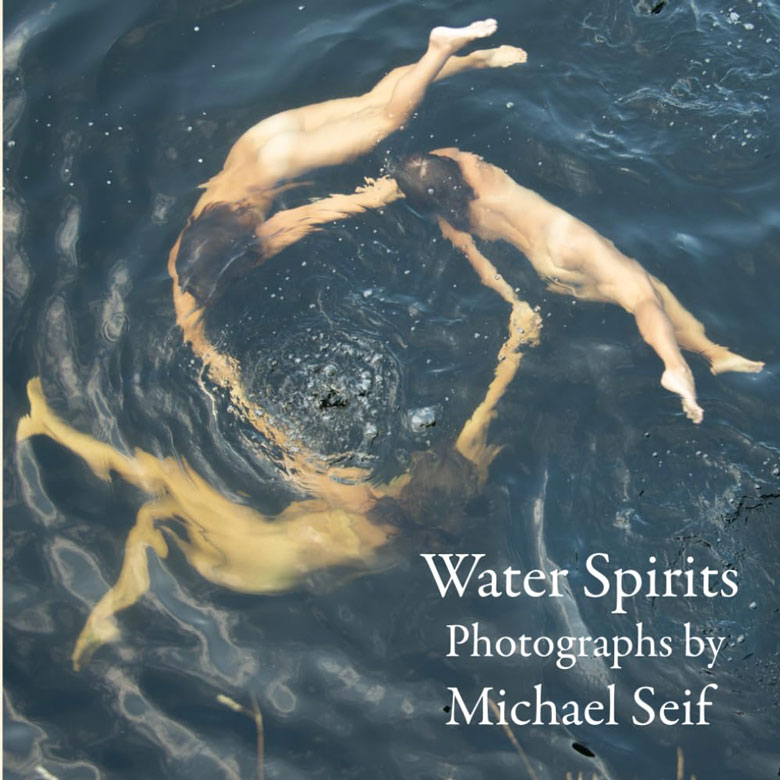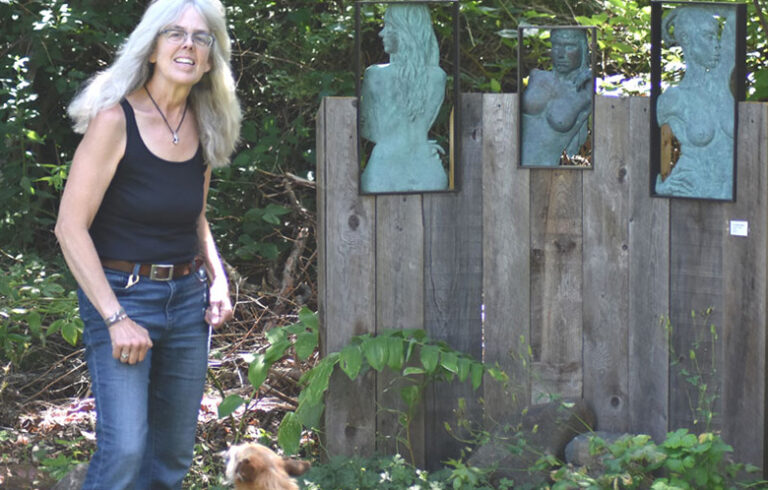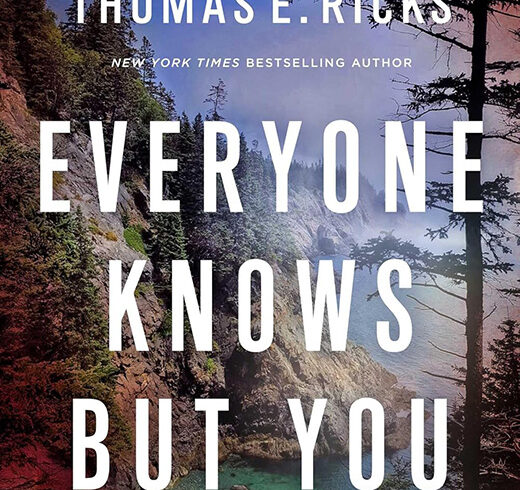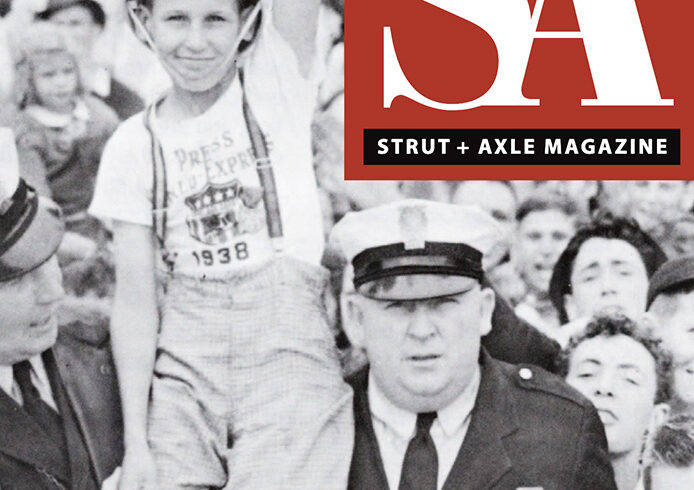Water Spirits—Photographs by Michael Seif
How better to anticipate the season of swimming, of warm-enough water to immerse oneself in, and even frolic in, than with the photographs of Michael Seif featured in his new book, Water Spirits.
The book follows Seif’s gallery shows, including at Island Institute in Rockland and New Era Gallery on Vinalhaven.
Seif photographs a group of female islanders swimming at a quarry. They describe the “shoot” as beginning with the group brainstorming that day’s “choreography.” Then, in the water, they are photographed, Seif standing with his camera on the rocky edge above the water. They call it a collaborative creative process.
This book includes a quick nod to quarry history, with pictures of some quarrying era artifacts illustrating the once-industrial setting, when rock was removed to be used primarily as building material.
Seif saw a chance, with willing female swimmers, to capture their animating its still water with their movement.
From granite islands such as Vinalhaven, it was easier to ship the rock from by sea, in the days before truck and train transportation. As a building material before concrete, sizable granite blocks were the stuff of bridges, dams, and many governmental buildings. Smaller pieces were used as paving stones, gravestones, and for statuary. The granite was shipped down the East Coast, likely as far as Cuba.
A few island quarries survived the end of that 19th century use, left to fill with water. Several continue to exist as swimming holes in the public domain. One, owned privately, became popular as a lesser-known and lesser-used place to swim nude.
Seif saw a chance, with willing female swimmers, to capture their animating its still water with their movement. The book offers minimal text with phrases that, not quite haiku, seem to be both title and description.
For example, “Sometimes they are like schools of fish” followed by, “or they become dolphins.” And, “They create mystical organisms of multiple bodies.”
The minimized text is exactly right—why label or categorize too exactly or over-think it?
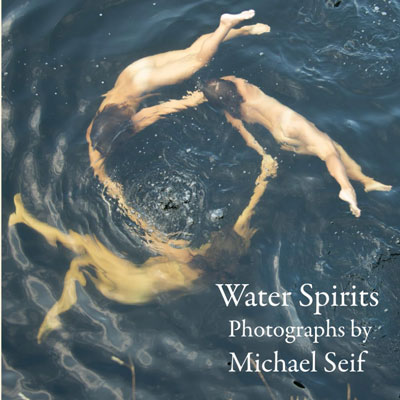
As you peruse this book, not only does the fact these bodies have no clothing become somewhat unimportant; it is as if you have entered a place filled with expressive images rather than realistic representations. This is a sensual celebration of being in water, of what that can look like.
Seif conveys immersion as if the camera itself were submersed, as if we might be floating there too. If all that sounds incredibly relaxing, if this seems like a way to escape other, harsher realities, this book can be that—a vicarious aquatic escape.
There is another group of women who swim with a purpose. The Salty Sisters are a group of residents who bare almost nothing. Their bodies are covered from head to toe: caps, wet suits, booties, gloves. They prefer going to the rocky ocean shore for their swims.
The swims are actually plunges, when the water is even colder than its typical cold— say from October to May. And beaches aren’t necessarily beaches but often just enough of a clearing through forest and rocks to gain entry to some open water. No cavorting here. This is serious stuff, a bracing dip with a release of endorphins and dopamine that recharges the body and spirit.
While Seif appreciates the tolerance of his “Water Spirits” for their early morning quarry swims, which could be chilly, that rock-enclosed area has a benign quality. The quarry’s quiet water functions as a canvas of sorts, able to host experiments with movement, light, and imagery. The gentle distortion of shapes in water provides a blurring of details that engages our imaginations.
Think what Monet did when painting garden ponds. But instead of featuring those light-gilded lily pads, here Seif captures luminescent female forms.
This book is currently available from Amazon and at Ebb & Flow on Vinalhaven.
Tina Cohen is a therapist who spends part of the year on Vinalhaven.
